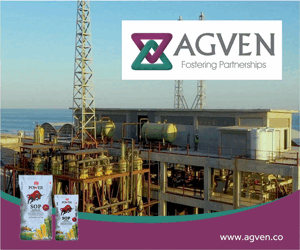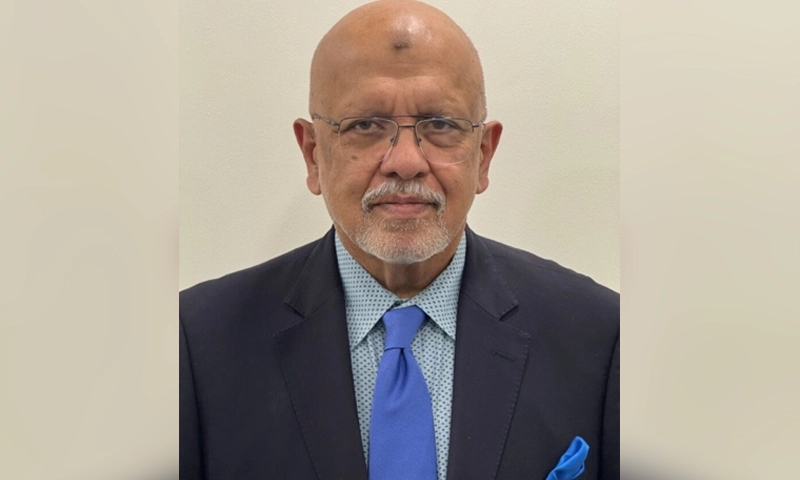- Farhan Bokhari
- Jul 17, 2025

Trump’s trade tsunami and Pakistan’s path forward
LAHORE: Trump has done it again. In what he calls a declaration of “economic independence,” Donald Trump has shaken the global trade order that stood strong for over a century. By slapping a flat 10 percent tariff on all goods entering the US and targeting 60 countries he brands as “trade abusers” he has drawn a hard line in the sand. Countries like Pakistan, which once enjoyed trade privileges as part of US strategic interests, are now caught in the crossfire of Trump’s tariff war.
For Pakistan, the blow is real and heavy. With tariffs between 9 percent and 10 percent on Pakistani exports, and an even more punishing 29 percent on textiles, the backbone of our exports, the ripple effect will be felt in mills, factories, and homes across the country. America was Pakistan’s largest trading partner. That relationship is now fraying at the edges. The projected loss? Around $564 million in export revenue for the next fiscal year. And it doesn’t end there. A 13 percent decline in demand is expected, which may send shockwaves through employment, manufacturing output, and Pakistan’s fragile current account.
Trump’s vision is unapologetically America-first. He wants to cut down the $1.8 trillion US trade deficit and replace it with a $2.2 trillion surplus, even if it comes at the cost of global economic cooperation. He’s taken a direct hit at globalism and hit fast-forward on a worldwide realignment. From China to Cambodia, from Vietnam to Sri Lanka, no one is safe. China, smarting from earlier tariffs, had pivoted to setting up manufacturing in Southeast Asia. But Trump’s new wave of tariffs: 49% on Cambodia, 46 percent on Vietnam has burned those bridges too.
There’s a strange déjà vu about all this. Trade experts are comparing the moment to the early 1900s, when economic nationalism defined the world order. Trump has dragged us back to that playbook. But here’s the catch: the 21st-century world is no longer built for isolationism. Supply chains are global, and so are consequences. American consumers will feel the heat too through inflation and disrupted supplies.
As for Pakistan, the road ahead is undeniably tough but not hopeless. If there’s a silver lining, it’s this: our tariffs, while high, still place us at a relative advantage over key competitors like Bangladesh and Vietnam. That edge, however narrow, gives us something to work with. What we need now is quick thinking, solid strategy, and a little bit of guts.
Pakistan must stop depending on trade windfalls and preferential treatments. The GSP+ status from the EU is a door wide open. We need to run through it. Expand our exports to Europe. Diversify into new markets. Strengthen ties with the Middle East, Central Asia, and even regional neighbors, yes, even the tricky ones. And most importantly, we need to get serious about making our textile industry globally competitive. It’s time to digitize, upskill, and innovate.
But every time a government tries to support industry, the IMF shows up like a strict schoolteacher, wagging its finger at subsidies. This needs to change. If we want to survive in this new world, we need to own our economic decisions. We can’t outsource our future. One of the first steps is to create a policy framework that focuses on enhancing domestic competitiveness, especially in our key industries. This means not only protecting but also nurturing and upgrading the textile sector, which has long been the backbone of our economy.
Furthermore, trade diversification should be the new mantra. Our reliance on the U.S. market, especially in the face of tariffs, is a massive vulnerability. While the European Union offers a tangible alternative through the GSP+ framework, other regional partnerships, such as with the Middle East, South East Asia, and Central Asia, should also be explored aggressively. Pakistan must increase its footprint in these emerging markets, reducing the disproportionate risk tied to one trading partner. Investing in strategic trade agreements with countries like Turkey, UAE, and Iran could provide fresh growth avenues.
We must also rethink the way we deal with international trade agreements. For too long, we’ve been playing a reactive game, waiting for foreign partners to offer us deals or relieve us of burdens. This mindset must shift toward proactive diplomacy—seeking new alliances and opportunities before the world’s biggest players impose tariffs and economic sanctions. By positioning Pakistan as a resilient partner in emerging markets, we can not only sidestep global trade tensions but even thrive amid the chaos.
Internally, Pakistan needs to create an economic environment that attracts investment in key industries. Structural reforms should focus on improving ease of doing business, ensuring that our manufacturing and textile sectors have access to cheaper credit, better infrastructure, and fewer regulatory roadblocks. Technology adoption is crucial. As we face stiff competition from countries like Vietnam and Bangladesh, we must step up our game in terms of automation and innovation. This will make our goods more competitive despite the tariffs.
Finally, Pakistan must build its resilience against external shocks. Tariffs and trade wars are part of the global landscape now. The country’s policies should be more focused on creating self-sustaining growth. Strengthening our domestic economy through diversification of industries, particularly in tech and manufacturing, will safeguard Pakistan against future global disruptions.
Trump may have declared independence for America, but he’s forced the rest of the world to declare something too: interdependence is no longer a guarantee. It’s a choice we have to fight for. For Pakistan, this is a wake-up call to stop playing the waiting game and start rewriting its economic destiny on its own terms. By implementing bold reforms, strategic international partnerships, and prioritizing domestic industrial growth, Pakistan can weather this storm and emerge as a more resilient economic power.







